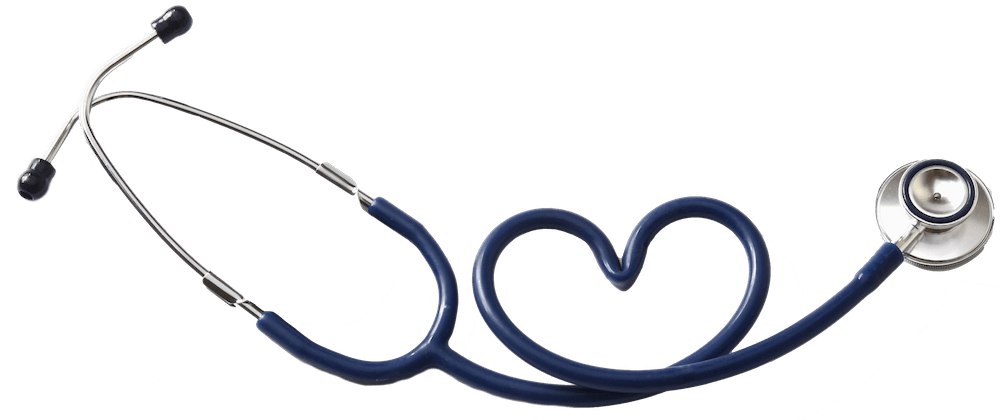Gynocomastia
Overdevelopment of breast tissue in a male is called Gynecomastia. This condition may be due to elevated levels of estrogen (female hormone), or decreased levels of testosterone (male hormone). In reaction to a hormone discrepancy, the glandular tissue of the breast swells, forming a breast bud (enlarged breast). Gynecomastia may occur across the male’s lifetime. In newborns, due to the maternal estrogen, breast buds may develop. Typically, these breast buds will gradually resolve by 6 months of age. In preteen boys, gynecomastia may be due to an estrogen-producing tumor. During the teen years, gynecomastia is caused by hormonal changes associated with puberty. Gynocomastia is also related to BMI (body mass index)/obesity. Obese individuals with elevated BMI may develop breast buds. For those individuals with Gyncomastia secondary to weight/BMI, the treatment plan includes weight reduction prior to any type of surgery.
Female Enlargement
Enlargement of the female breast is a normal occurrence following puberty, pregnancy, and excessive weight gain. In adolescence this enlargement is generally seen as a post-pubescent occurrence, but excessive weight may be a contributing factor. Rarely, breast development after puberty may be so extreme as to cause skin break down and bleeding (gigantomastia).
Signs of symptomatic breast enlargement include the gland and nipple/areola complex sagging below the infra mammary fold, intertrigo (dermal rash and skin breakdown) on the under surface of the breast, and deep shoulder grooving. Symptoms may include pain in the lateral suspensory area of the breasts, neck, shoulder, and back pain, headache, and numbness in the hands and fingers.
Female Underdevelopment
A failure of the breast to develop following puberty may result from an absent or hypoplastic breast bud. This may be seen as a variant of Poland syndrome and may include a failure of the underlying pectoralis muscle to develop as well as deformity of the chest wall. The opposite breast may be normal or demonstrate compensatory enlargement. With compensatory enlargement the breast fold also drops, making eventual match more difficult.
Poland Syndrome
Characterized by underdevelopment or absence of the chest muscle on one side of the body, Poland syndrome may also include webbing of the fingers of the hand on the same side as the chest muscle defect.
Accessory Nipple/Supernumerary Nipple
Accessory nipple/supernumerary nipples are a common minor congenital malformation that occurs in 1:18 individuals.
Congenital Nevus
Nevus (plural nevi) are an abnormal, noncancerous (benign) patch of skin. Also called a “birthmark”, nevi are the result of an overgrowth of cells in the epidermis (outermost layer of skin). Nevi may be seen at birth or may develop in early childhood. Individuals may present with one or more nevi that vary in size.
Tissue Expansion
Tissue expansion is a procedure which allows for the body to “grow” extra skin which is in turn used in the reconstruction of an area that is missing tissue. For this procedure, a silicone balloon is inserted under the skin close to the area that is involved. Over time, saline is inserted into the silicone balloon, allowing the skin to “stretch” and “grow”. In the Pediatric population, tissue expanders can be used as treatment to repair skin damaged by birth defects, and accidents.


